Just a few metres squared of well-managed road verge can provide a home for painted ladies, red admirals, red campion, yarrow, nettle and a host of other insects, flowers, birds and mammals.
Many of us speed past these havens – windows rolled up, eyes focused on the ribbon of asphalt ahead – without even realising they are there. But road verges can be a lifeline for Britain’s wildlife and the fight against biodiversity loss.
Our guide to Britain's road verges explores their history, why they are important, the species that reply on them and their main threats.
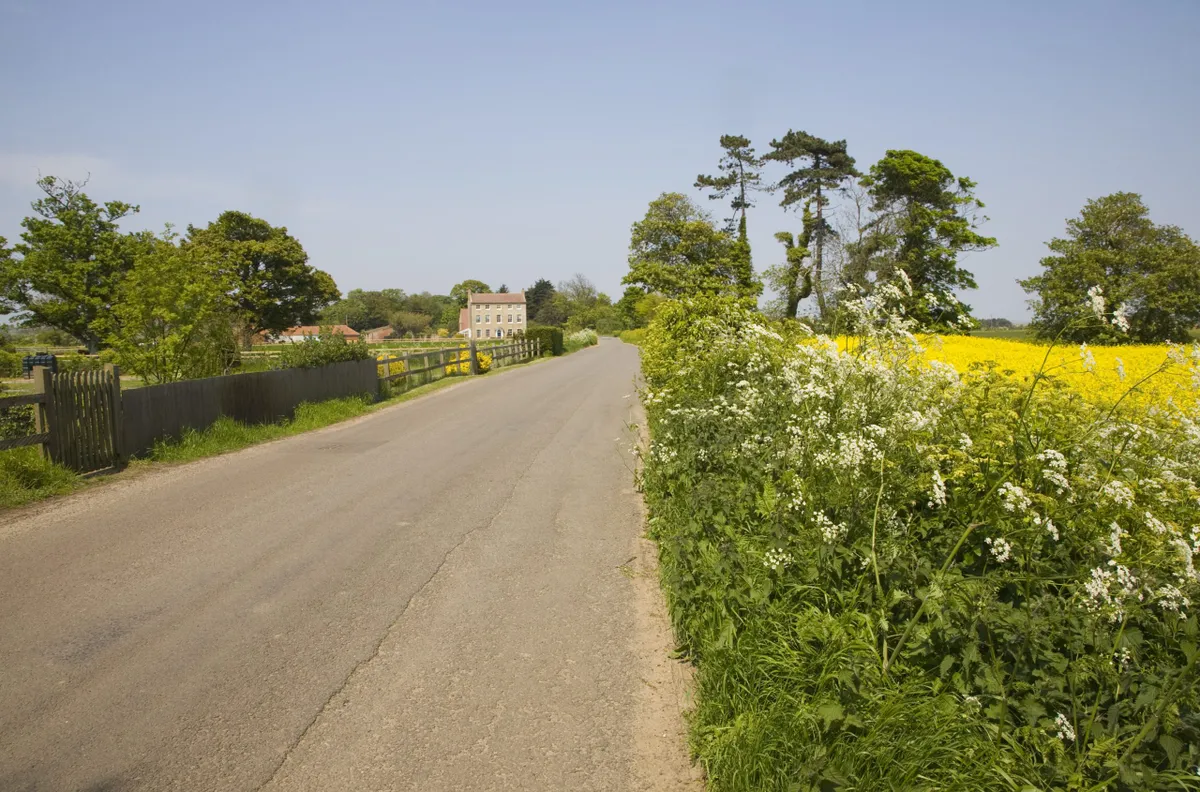
Why are road verges important?
Since the Second World War, Britain has lost 97% of its wildflower meadows – that’s three million hectares, an area equivalent to the size of Devon, Norfolk, North Yorkshire, Cumbria and Kent combined. Intensive agriculture and poor management have been responsible for this loss.
That’s what makes Britain’s verges so important. They can provide a plant network and wildlife corridors that can be invaluable for thousands of species. It’s estimated that verges total 238,000 hectares – an area bigger than Lake District National Park – and can support over 700 species of wildflower, or nearly 45% of our total flora.
Managed correctly, with flourishing plants, these spaces could produce 400 billion more flowers, according to conservation charity Plantlife. The plants also act as important cover, allowing mammal and insect species to travel protected alongside our roads. Yet in the past two decades, research by Plantlife shows we have lost 20% of our roadside species, as years of neglect and a lack of understanding put these wildlife sanctuaries at risk. Now, environmental groups are campaigning to get these vital habitats restored.
Related articles
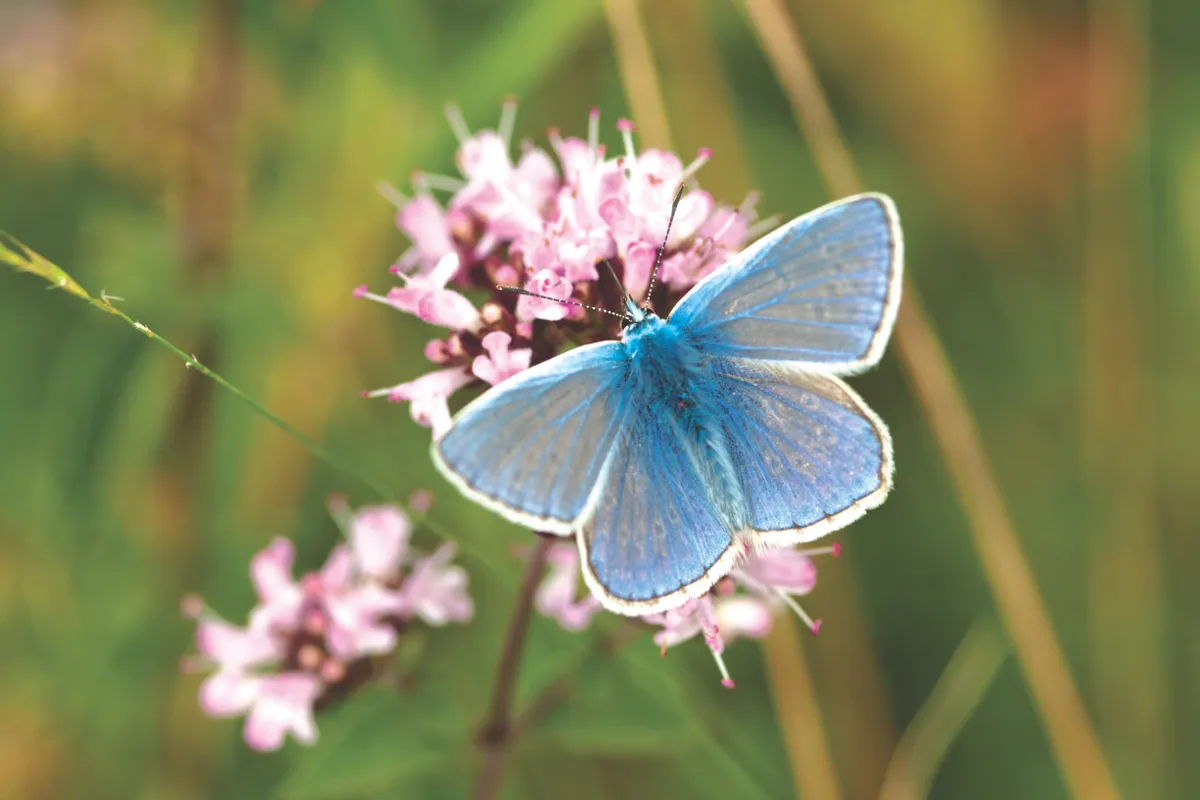
What is a wildlife corridor?
Well-managed road verges are fantastic examples of wildlife corridors: linear features that provide a safe habitat to link wild spaces, providing opportunities to travel from place to place – the environment’s answer to our road and railway systems. As Britain’s landscape becomes more fragmented due to increasing urbanisation, these corridors are invaluable for protecting wildlife, promoting movement and preventing populations from becoming isolated, while encouraging genetic diversity by allowing animals to mix. Without these crucial links, it has been estimated that 40–70% of species could face extinction.
Wildlife corridors are all around us; hedgerows, railway tracks, tree lines, rivers, streams, gardens and ditches. New wildlife corridors are also being created to help support animal migration in Britain. ‘Green bridges’ designed to help insects, birds and mammals cross a road or railway without risk, such as the A21 Scotney Bridge, are being built, people are being urged to develop ‘hedgehog highways’ by installing 13cm x 13cm holes in their garden fences to allow hedgehogs to travel through urban spaces, and Buglife is working on B-Lines – a project that aims to develop 150,000 hectares of flower-rich habitats to create ‘insect highways’.
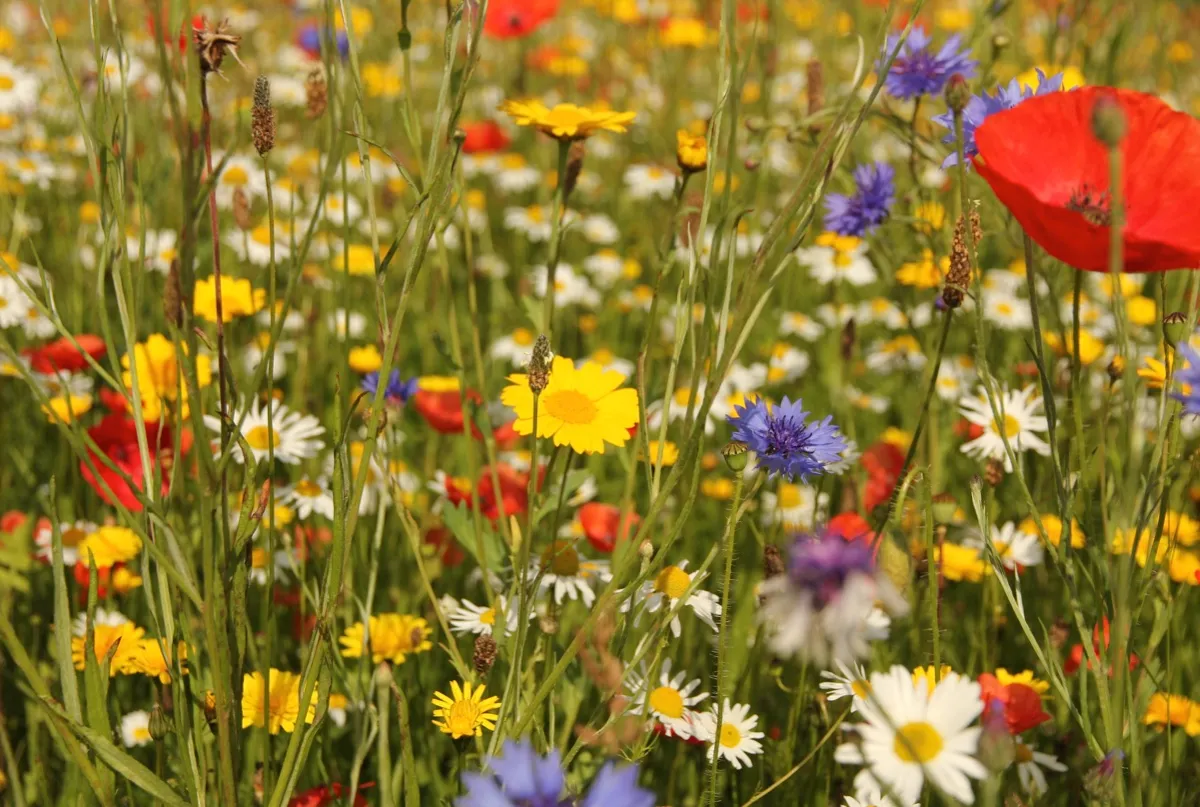
What threats do our road verges face?
The main issue facing verges is mismanagement. Many verges are mowed too regularly due to a desire to be ‘neat and tidy’. This means we are killing plants before they have the opportunity to bloom and seed, as well as removing essential protection to animal species.
On the other hand, neglecting verges and not mowing at all means an area can become scrubland, dominated and overshadowed by woody plants. To achieve the rich mixture of wildflowers and grasses, verges need to be mowed at the right time. The cuttings must be removed in order to reduce nutrients within the soils, preventing fast-growing grasses from dominating and leaving little space for other plants.
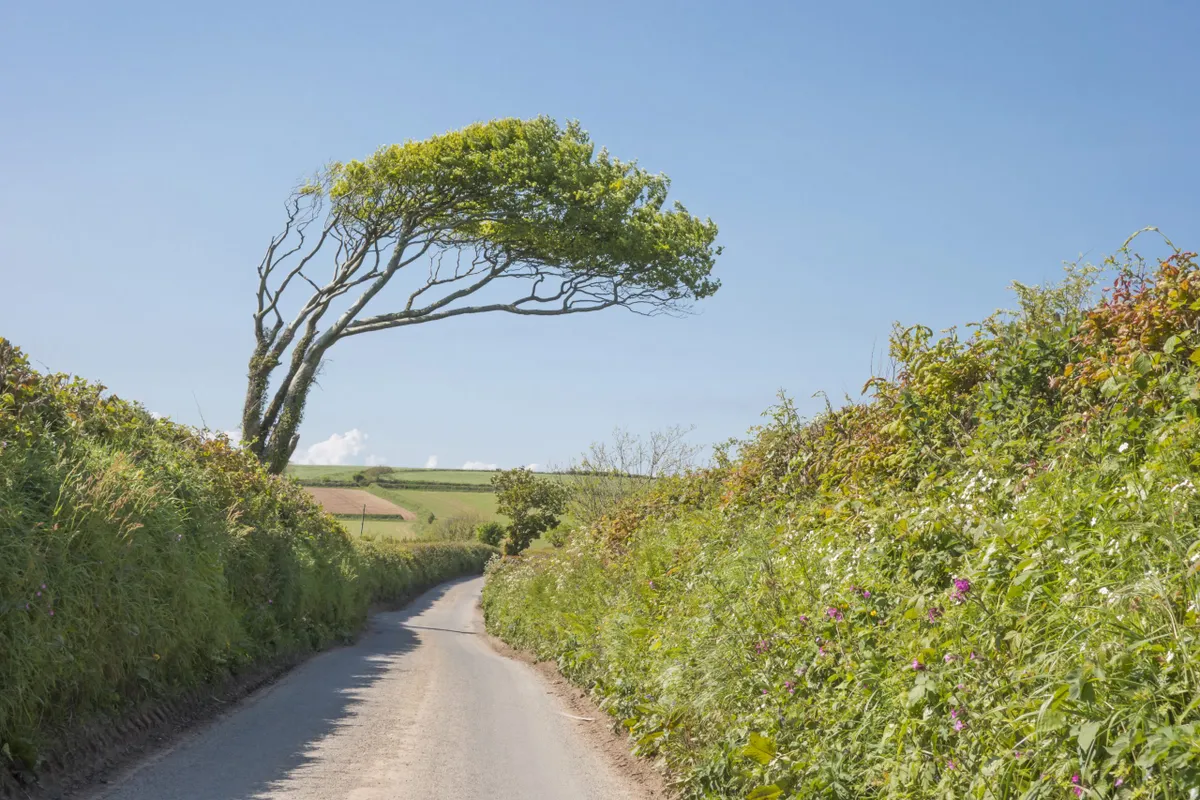
How are road verges being protected?
Plantlife began campaigning in 2013 to get better protection for Britain’s road verges and ensure they’re being managed correctly. “For decades, verges have been disregarded, considered as little more than scruffy, inconsequential ‘edgelands’ that flash by in the wing mirror as we speed ahead with our busy lives,” says Kate Petty, Plantlife’s road-verge campaign manager. But verges can be “magnificent mini-meadows”, she insists, providing a “lifeline” for many species. “They are the last remaining habitat for some incredibly rare flowers like wood calamint and fen ragwort, which appear nowhere else.”
Plantlife wants all verges to be managed for wildlife as a matter of course. The message is cut less and cut later, preferably delaying mowing until after late September and ceasing again in April.
Invertebrates charity Buglife is adding its voice to the verges campaign. Andrew Whitehouse, Buglife’s countries manager, recommends that parts of wider verges are left uncut for two to five years before being cut on rotation, allowing an overwintering habitat for invertebrates. “A huge number of species nest in dead plant stems, remaining there until the young emerge the following year. If you cut that habitat away, you are removing the places where insects breed, complete their lifecycle or overwinter.”
What is the best way to manage road verges?
Plantlife has been reaching out to councils across the UK to encourage them to cut their verges less often and later. It has published guidelines to offer technical support, which are being endorsed by the Highways Agency and Natural England, as well as Kier Group, which builds and maintains roads. Councils around the country are at different stages of verge management, with some taking a little longer to adapt to the new guidelines.
One council that has really taken good verge management on board is Dorset. Its work managing around half of the county’s verges for wildlife has led to it winning the 2019 Local Government Chronicle award for best environmental services. Awards are not the only advantage; the council has saved more than £200,000 as a result of the changes – money that can be put into other environmentally beneficial projects.
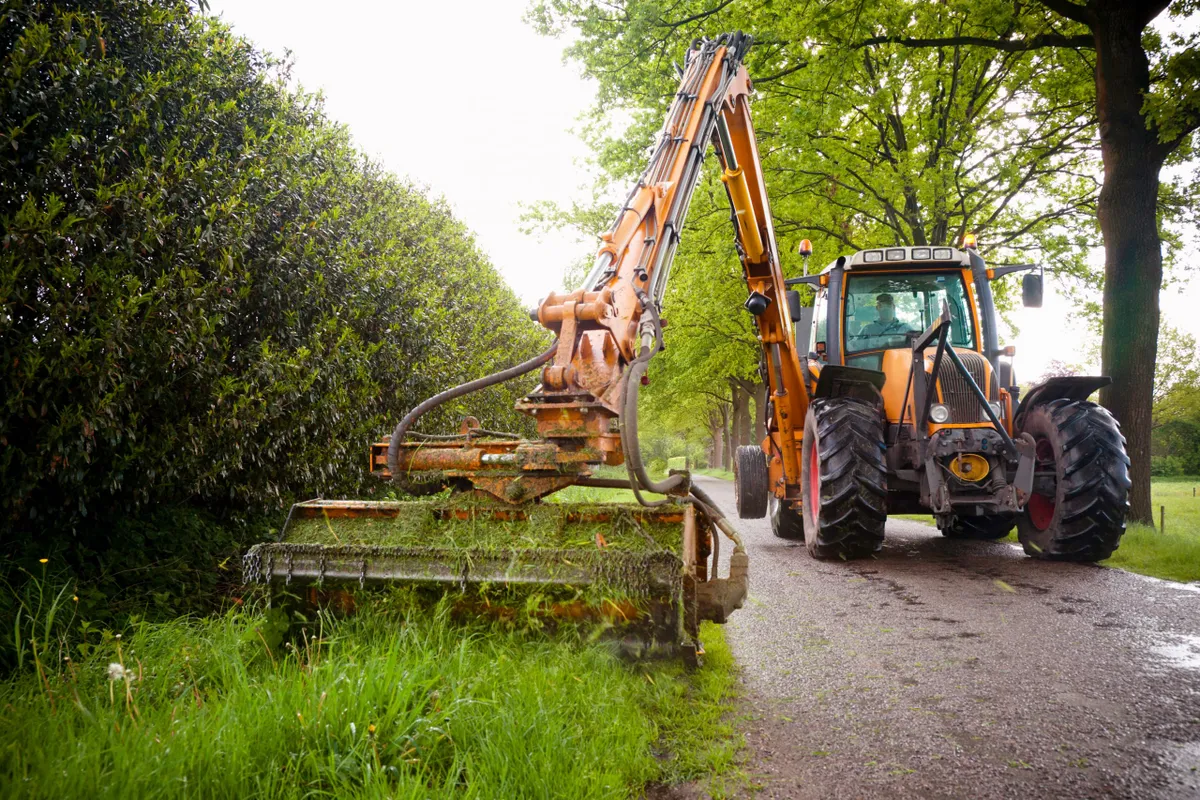
How can you help protect Britain's road verges?
All this indicates that the tide is turning. Previously, councils such as Dorset would receive requests from the public to cut verges to tidy them up, but these are becoming fewer, and Kate is encouraging the general public to join in. “Please sign our petition to add your voice locally,” she urges. “You can also write to your councillors; try to talk to the person who manages highways and transport and share Plantlife’s guidance with them.” The Plantlife petition has now gained 85,000 signatures from supporters. “Change is coming from the grassroots,” Kate says. “Increasingly, people recognise verges as wildlife havens and this shift in attitude, reflected in the huge support for our petition, means there’s an increasing appetite for ‘messier’ verges that provide better cover and food for wildlife.”
Recognising the importance of these spaces has been the first major step but there is still a long way to go before we can reap all the benefits that vergers offer. “In the UK we only have about 85,000ha of wildflower rich grassland”, Andrew says “so if just half of the verges were managed in the right way to be good flowerage grassland, we could more than double the amount we have in the UK. The opportunity here is absolutely huge.
Guide to road verge flora and fauna
Yellow rattle, Rhinanthus minor
This plant champion, which can control grasses and aid other flowering plants, has been almost eliminated from verges due to early cutting.
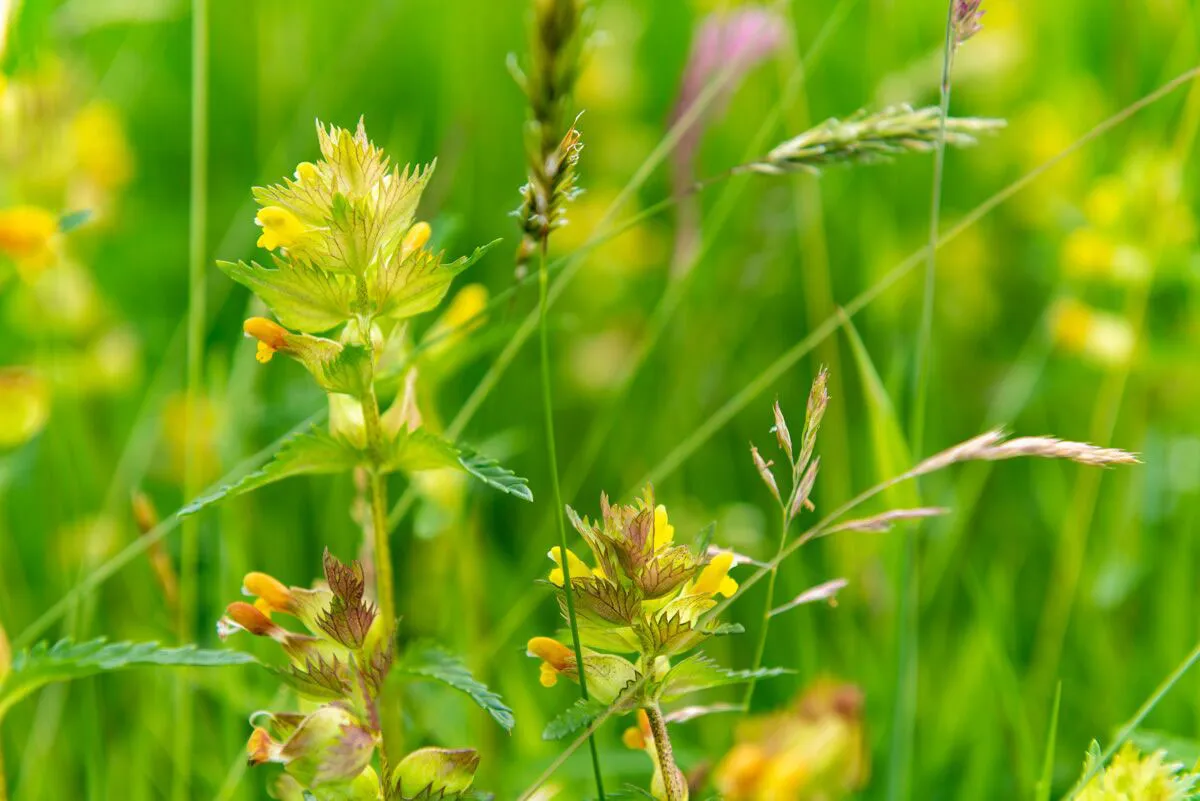
Frog orchids, Coeloglossum viride
This vulnerable species flowers in early summer and consequently suffers from early cutting.
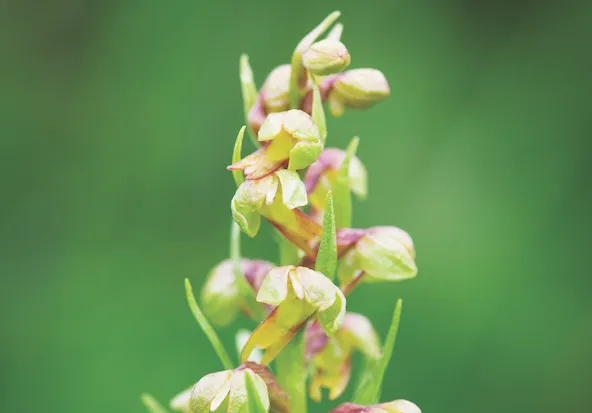
Bank voles, Myodes glareolus
Bank voles are one of the most common mammals using road verges; however, they can suffer from lead toxicity due to proximity to emissions.
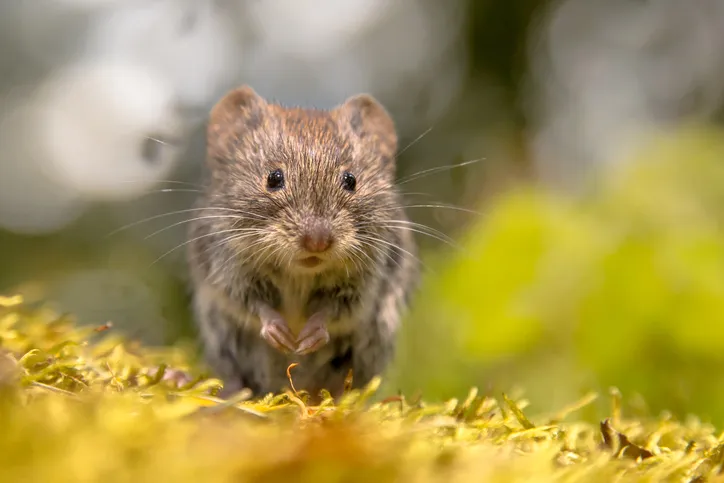
Narrow-headed ants, Formica exsecta
A population of narrow-headed ants, one of Britain’s rarest insects, has expanded on to a now-managed Devonshire roadside.
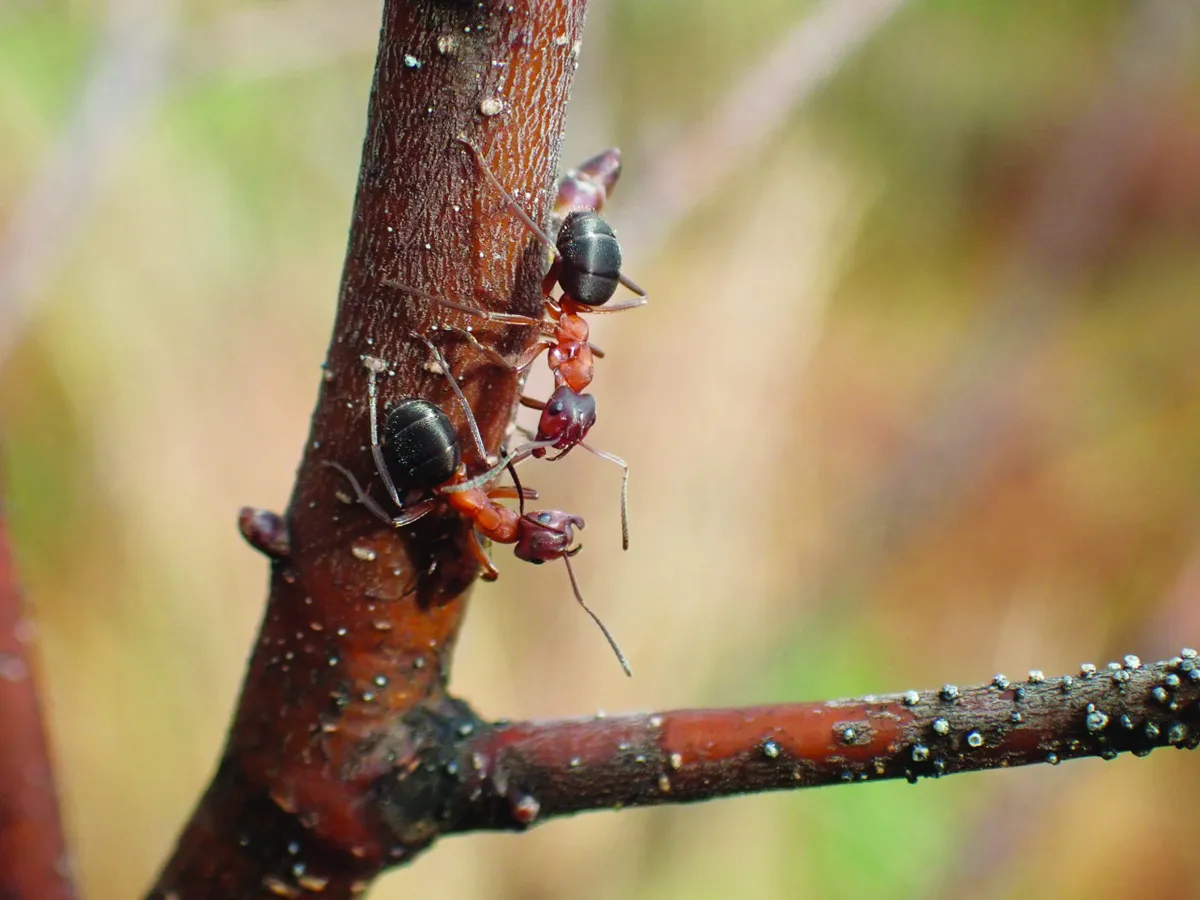
Long-horned bee, Eucera longicornis
Declining pollinators such as the increasingly rare long-horned bee will benefit from increased support from road-verge flowers.
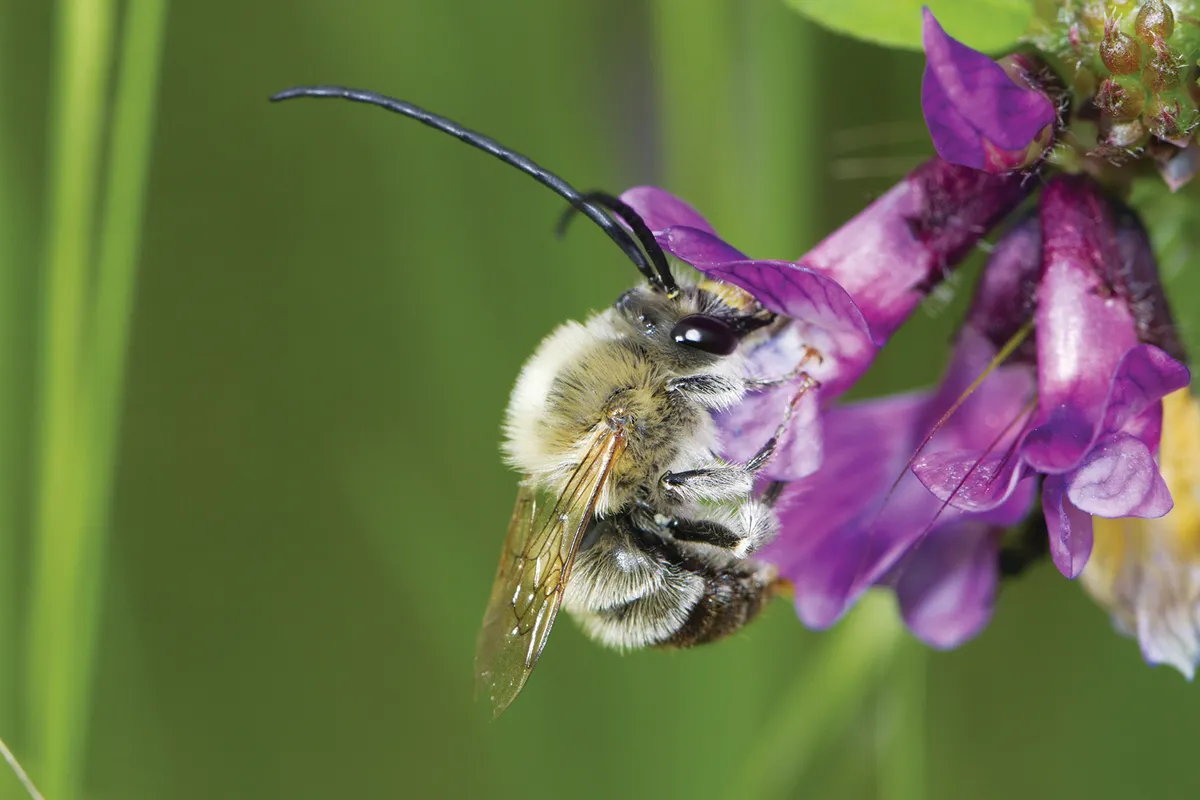
Willow warblers , Phylloscopus trochilus
They can nest on the ground among verge plants; their nests can be destroyed if roadsides are cut between April and May.
Words: Alexandra Pearce-Broomhead is a nature writer and naturalist who lives in Cornwall. She is director of New Nature magazine, written by young people.
